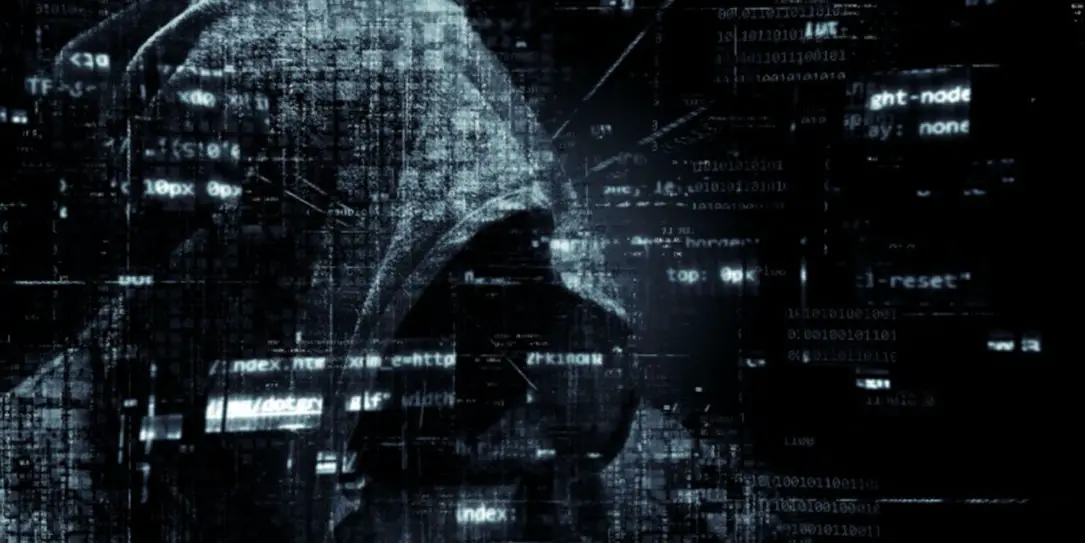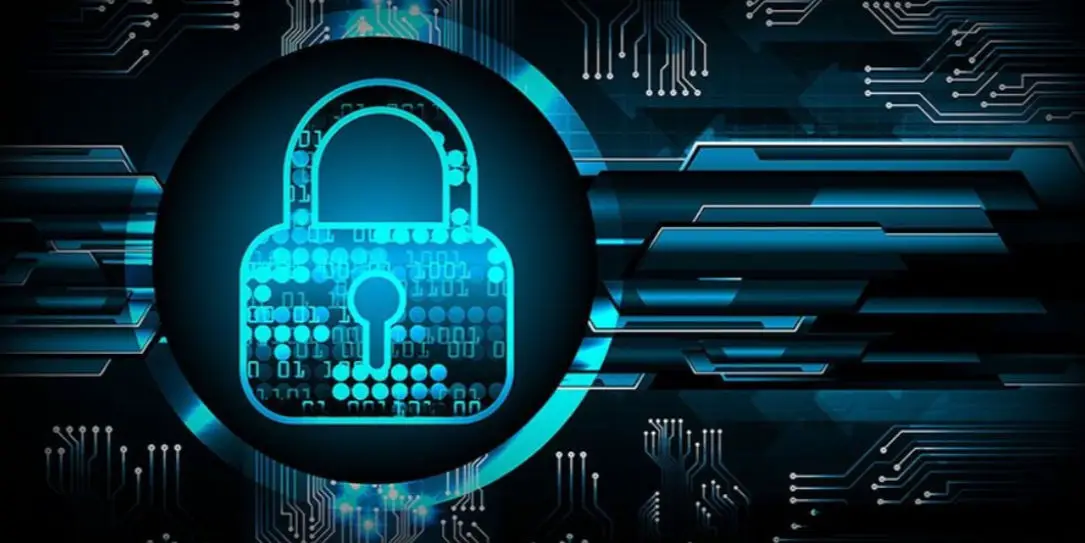While it’s a bit difficult to be a full tech noob nowadays, there are still people who do not seem to grasp the full power of (and need for) IT security.
We live in a time that’s extremely generous when it comes to communications and data sharing. After all, anyone who uses a smartphone connected to the internet does both activities daily.
However, whether you’re an individual sharing cute cat pics on Facebook or a business sending digital contracts to partners, you need to worry about data transfers’ security! We’re saying this because unsecured data transfers are quite easy to intercept and meddle with.
Even more, the constantly increasing number of cyberattacks shows that no one is safe. Individuals and businesses alike can be affected by ill-intended actors looking to score a quick buck off our innocence and naivete.
So, to make sure you won’t be one of the victims, here are a few secure data transfer practices of which the tech noob needs to be aware.
Use a Secure Cloud Solution
The cloud is a fantastic way to increase work flexibility and, with the current state of the world, more businesses discover the long list of benefits it brings. However, it’s also a risky maneuver since you are literally entrusting sensitive information to a third party without knowing too much about it.
And, let’s be honest here. Hackers have successfully targeted even the big guys (Apple, we’re looking at you!), and they are not tech noobs. However, reliable cloud service providers are constantly on the lookout, building better defenses and implementing the latest tools in cybersecurity.
In conclusion, as long as you choose wisely, a cloud service can provide your business with many benefits. For instance, solutions like Dropbox or Google Drive (especially free versions) do not provide the same security as a solution dedicated to data storage and management.
On the other hand, there are also hybrid systems, like Gladinet’s file sharing solution, where businesses can self-host private file sharing servers with their on-premise IT infrastructure. This way, the data remains on-site, and you can share it using secure channels.
Encryption is Mandatory
Encryption is considered the fundamental of digital security and is the first defensive line for secure data transfers. It sounds intimidating, but even you tech noobs shouldn’t have a problem grasping the idea.
Basically, a file (or communication) that’s encrypted is scrambled, which renders it unusable to anyone who intercepts it along the way. The only way to piece it back together is to use an encryption key, which is unique and is held by the receiver (sent by the sender in a separate message).
All modern email clients and chat apps (such as WhatsApp or even Facebook Messenger) use various encryption technology to protect the content. The same goes for cloud service solutions – everything that goes to and from the server is encrypted.
Encryption Tools for Businesses
The offer is very diverse, but small businesses can make do with more accessible tools such as:
- pCloud Crypto: a secure cloud storage service that uses an extra layer of encryption for the security of stored files. It is not free, but the cost is very affordable.
- Signal – an app for encrypted messages (chats, photos, sending files, and more). The app is open source and the community behind is determined to keep the encryption at the highest levels.
- Firefox Send – out of all the browsers available, Firefox is the one that’s most focused on security and user privacy. As such, a service like Firefox Send allows you to upload files to a secure location and share the content via a secure link. You can also decide the number of downloads available or how long the link will stay active.
- LastPass or KeePass – both of them re password managers designed to store your passwords safely while keeping them easily available. This way, you can use proper passwords and you only have to remember the main one.
- SendSafely – geared towards businesses that need a secure method of sharing sensitive files, this tool allows users to track who views the data and who accesses the information. In addition, users can revoke access to specific viewers, which takes the control level one step higher.

2FA Authentication
Also known as two-factor authentication, this is a method to increase the strength of passwords by including an external device in the process. If there’s only one thing the tech noob should try and grasp, it is 2FA.
Passwords are effective, but only when used as recommended (long passwords, with various characters). Still, phishing schemes are more convincing these days, so the chances to hand your credentials to ill-intended actors on a silver platter are quite high.
This is why it’s important to have an intermediary step in the process. 2FA systems can be used with a mobile device (usually a phone) or an external USB device (usually a Flash stick) to add an extra security level to password authentication.
This way, once the password is used, the system will require an additional code (sent on your mobile device) or the presence of a USB device. If this doesn’t happen, the authentication will fail, and the account owner will be notified.
Password-Protect All Devices
Another way to transfer files is to copy them on an external storage device (USB stick, portable hard disk, and so on) and physically transport the device to the intended person or location. However, these devices can be lost or stolen, and if they are not password-protected, anyone with an available USB port can see and use the content.
That’s why it’s mandatory to protect your portable storage devices. This can be done using security software or, better yet, a fingerprint reader.
Never Use Out-of-Date Software
While it is tempting to press that ‘update later’ button, it’s highly recommended that you use it as soon as it becomes available. Out of date software is usually more vulnerable to attacks since updates are used to patch any security issues identified along the way.
As such, when you use out of date software, your devices are more susceptible to attacks or malicious software (such as malware). This also endangers any data transfers and can endanger the receivers’ devices.
Wrap Up
IT security is no longer something we can ignore! Even the tech noob needs to step it up. Both individuals and businesses must pay closer attention to security practices, especially when using online channels for payments, sending confidential information, or official communications. A data breach can produce irreparable damage to a business’s reputation, but it also has financial implications (as fines from organizations in charge of IT security regulations). On the other hand, if an individual’s personal information is stolen, there is the risk of identity theft, which is a harrowing experience for the victims.
What do you think? Are you a tech noob? What security suggestions do you have for the tech noob? Let us know in the comments below or on Twitter or Facebook. You can also comment on our MeWe page by joining the MeWe social network.
Last Updated on February 3, 2021.










